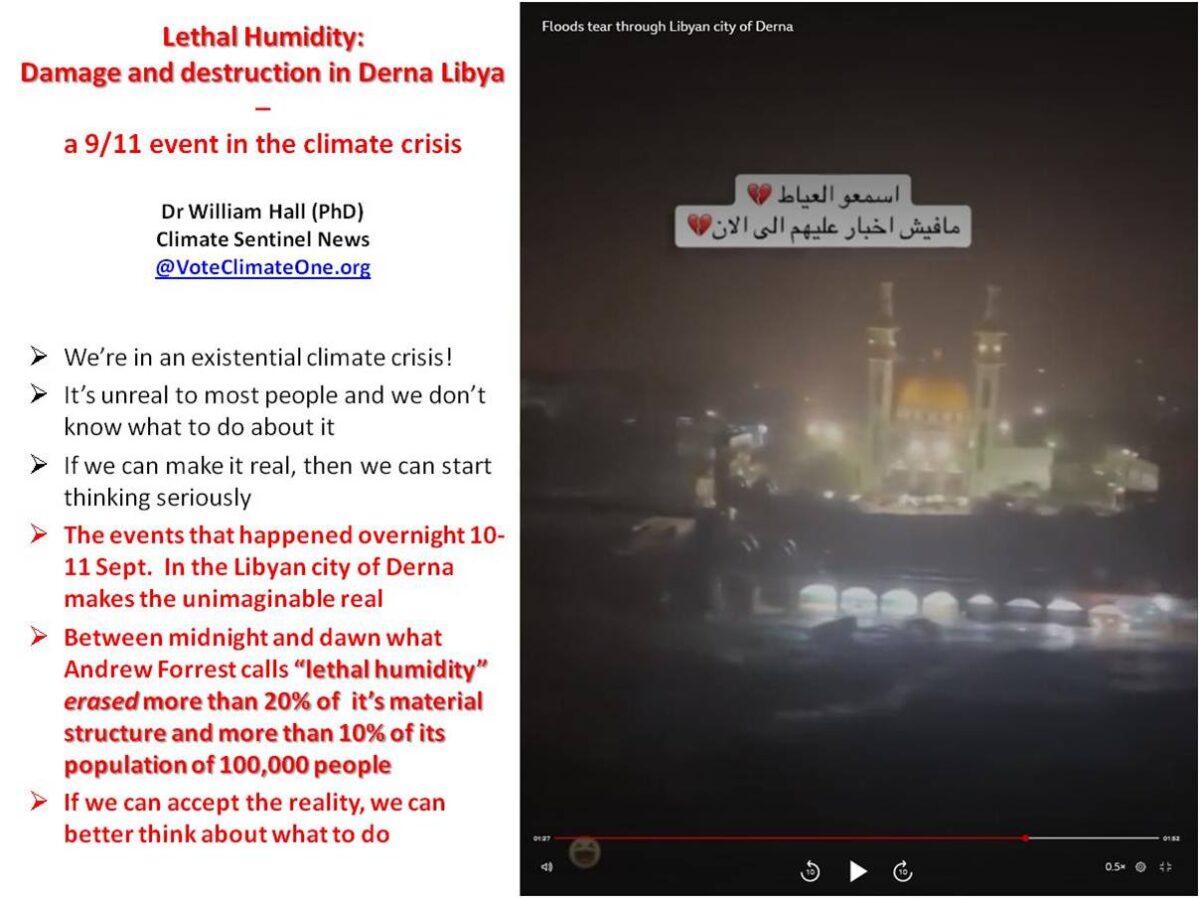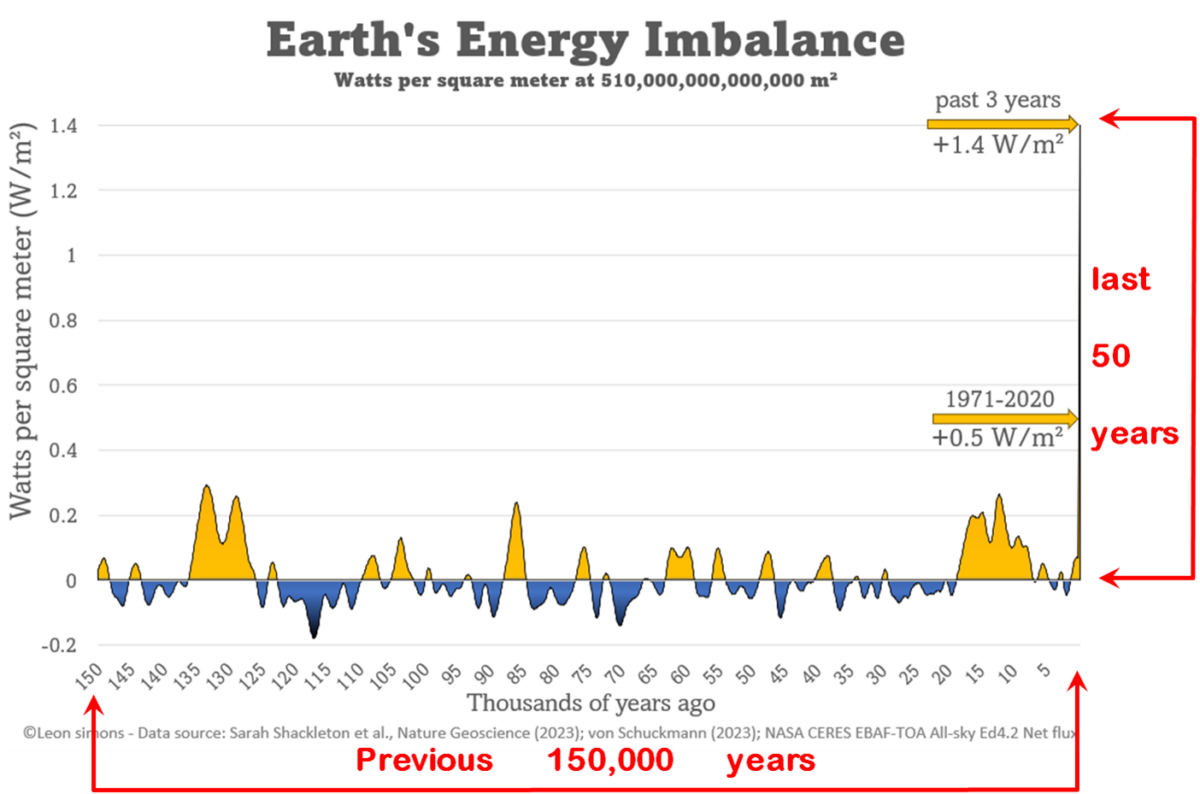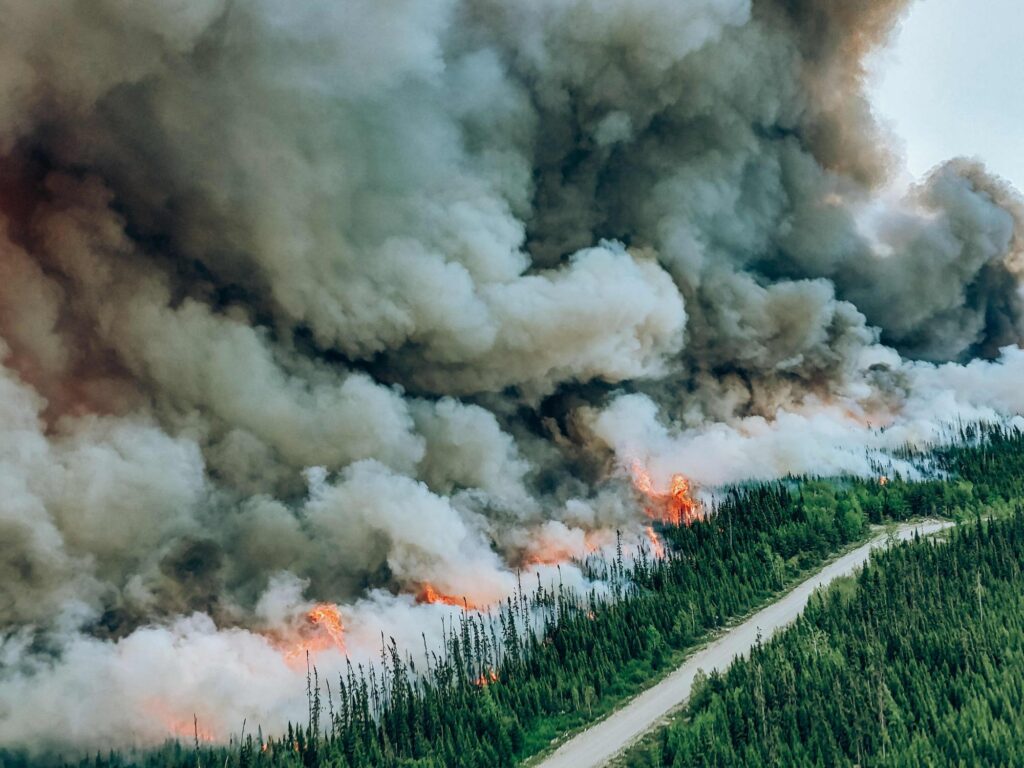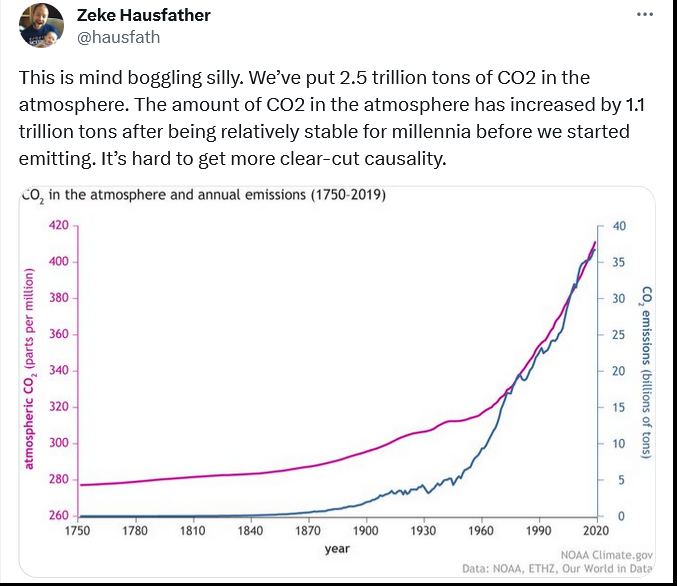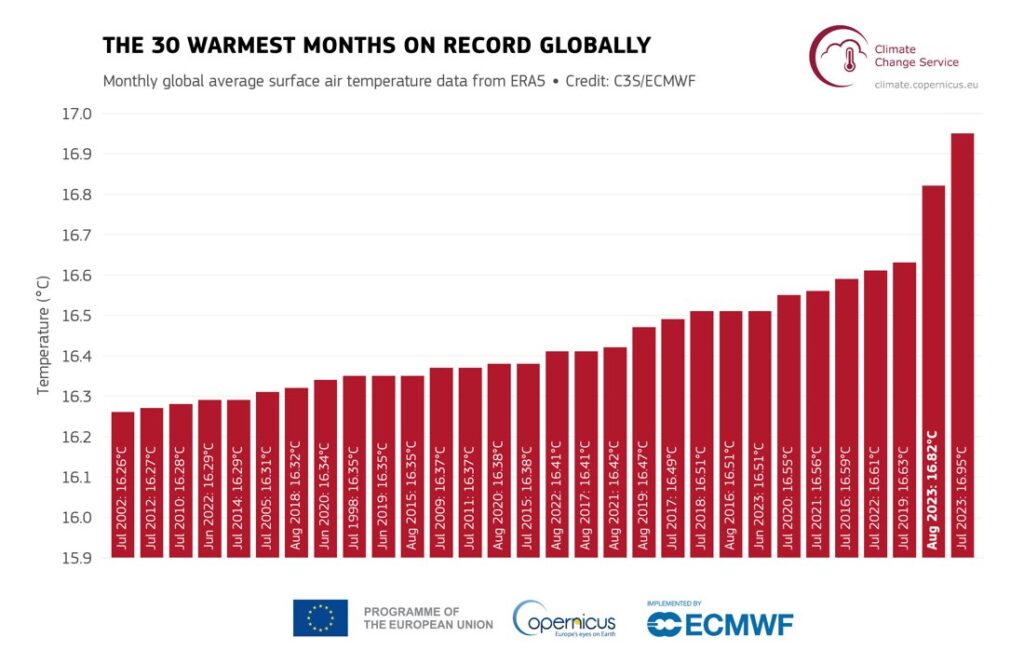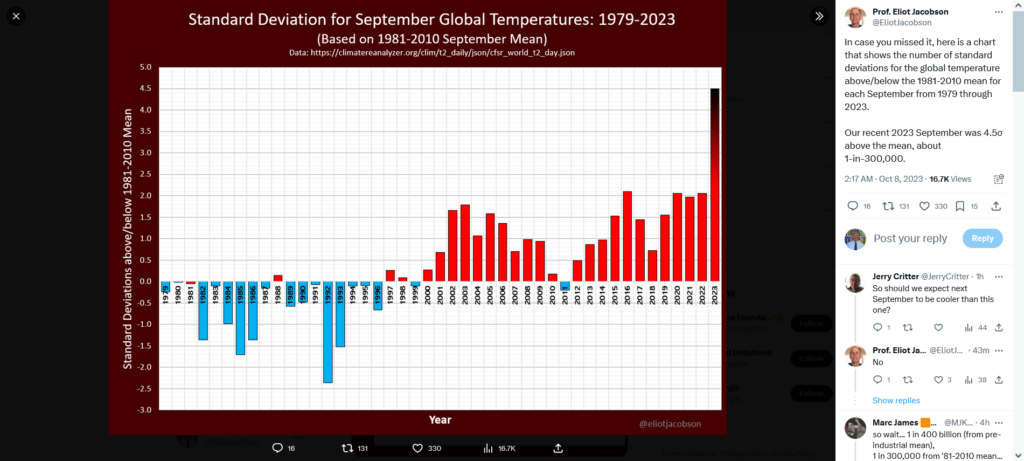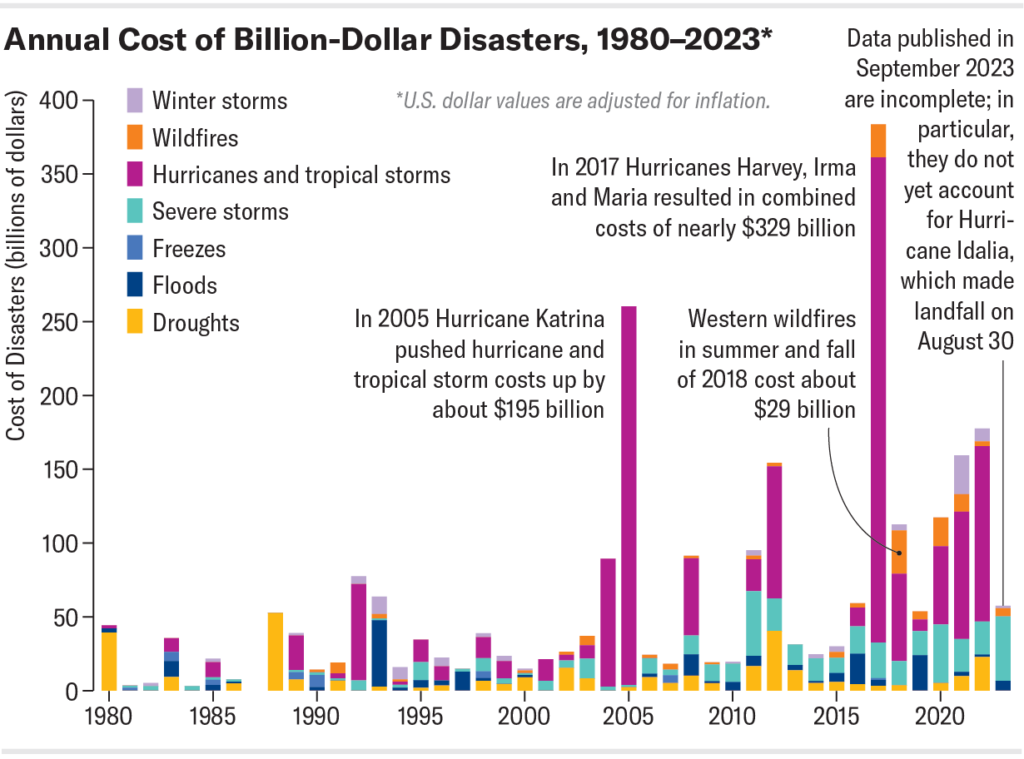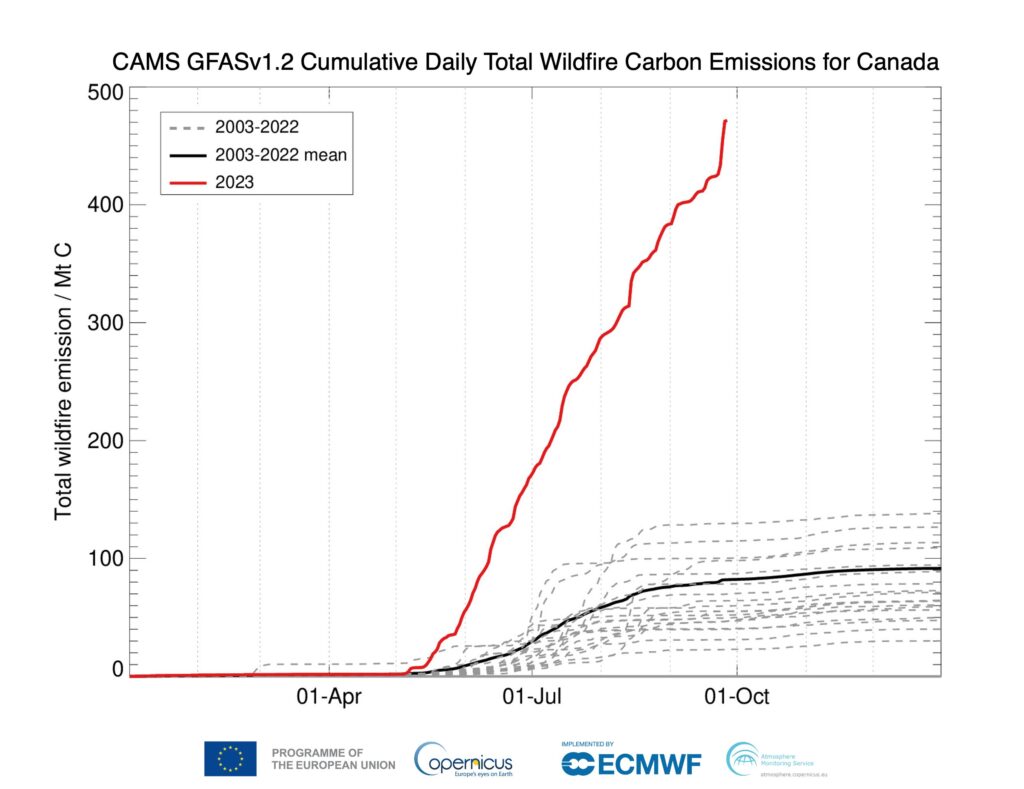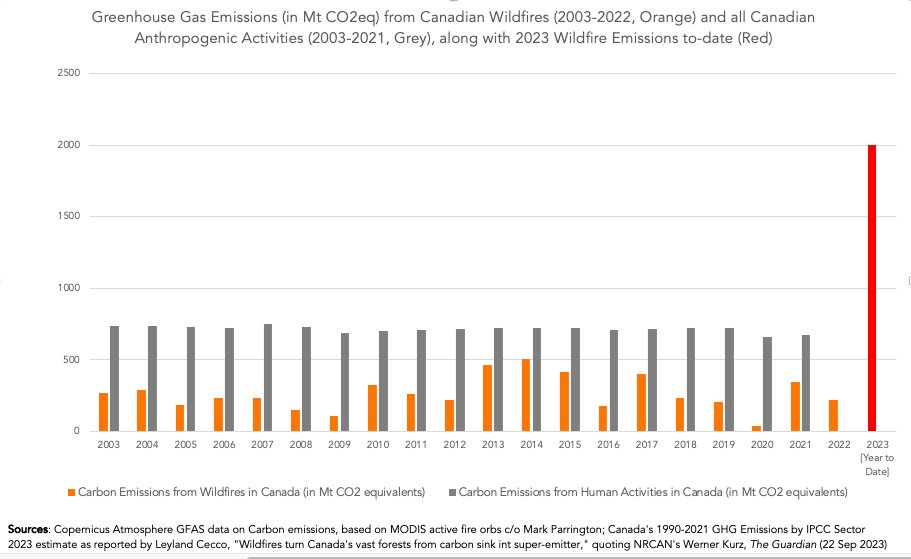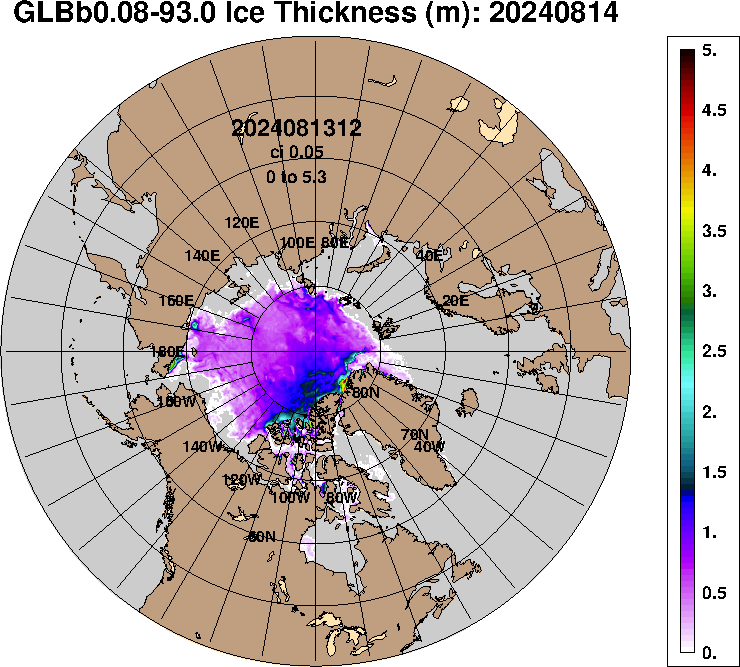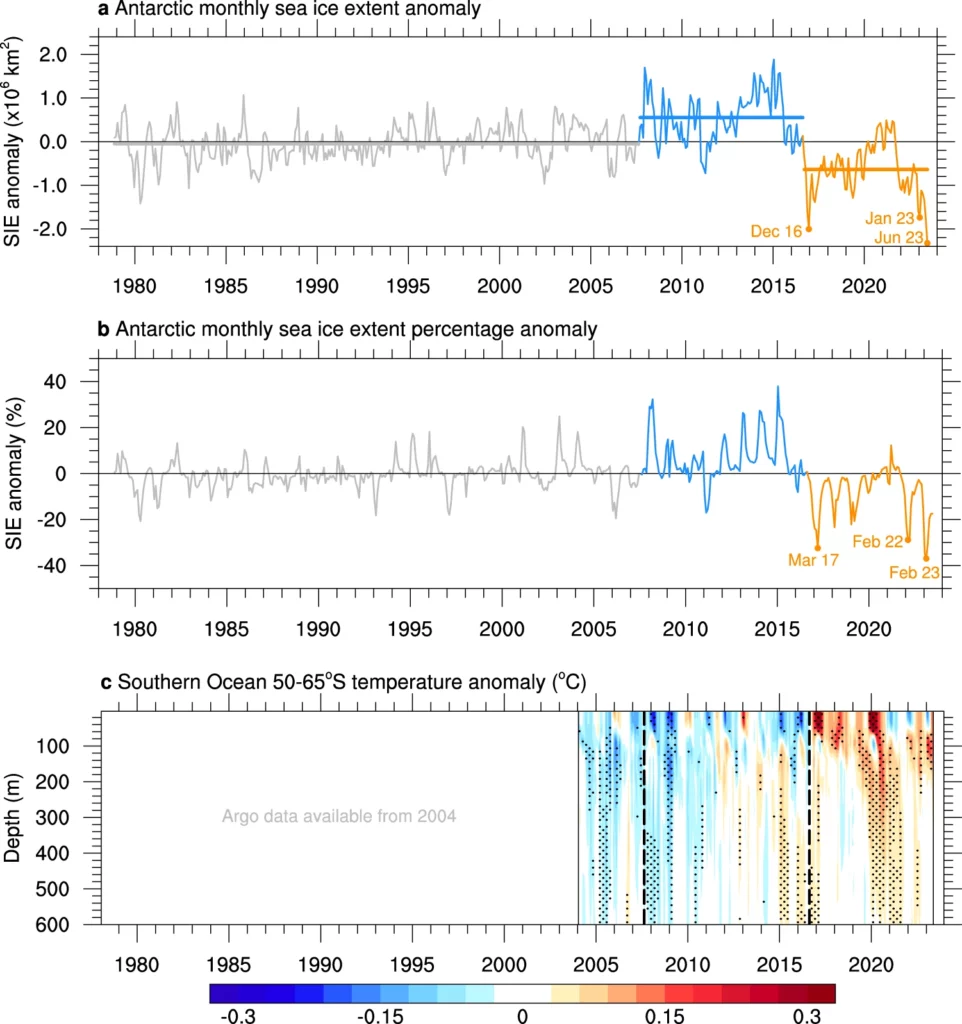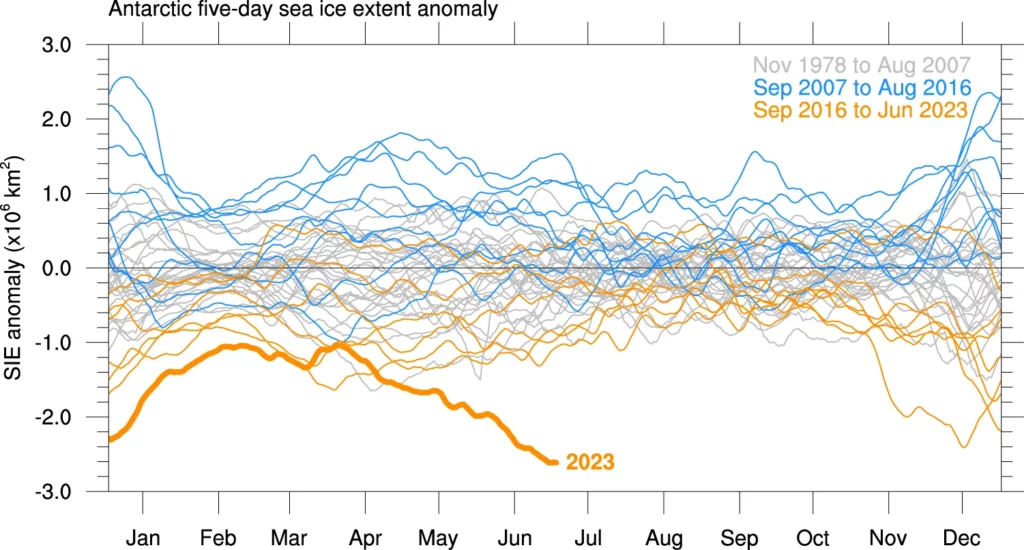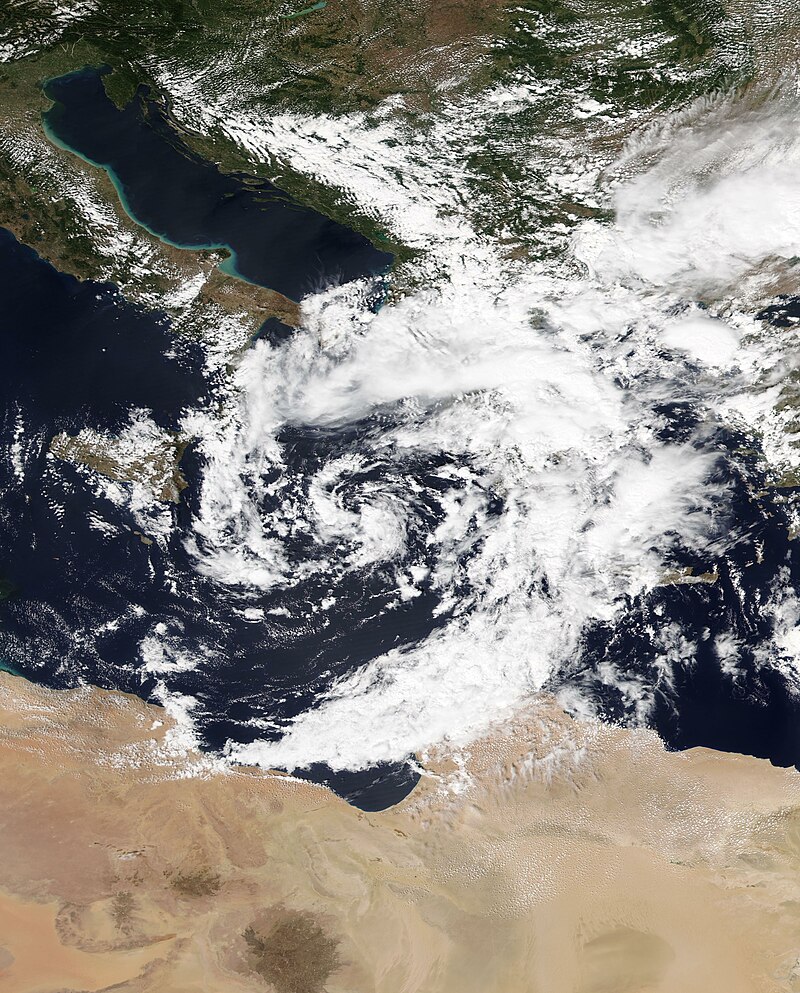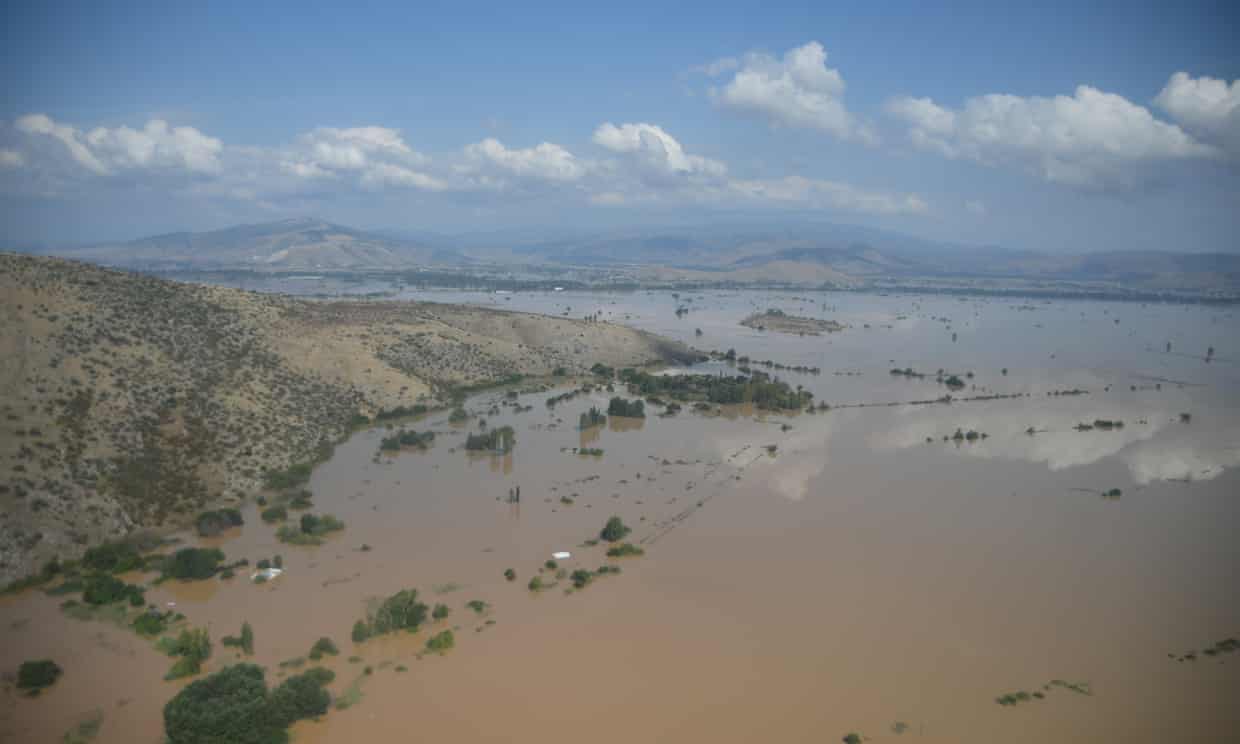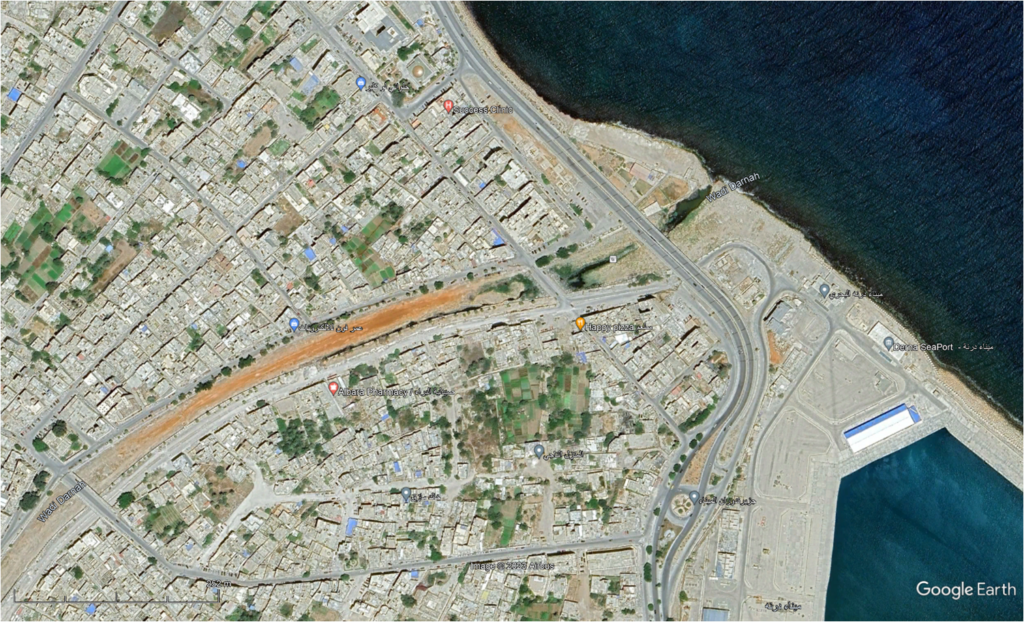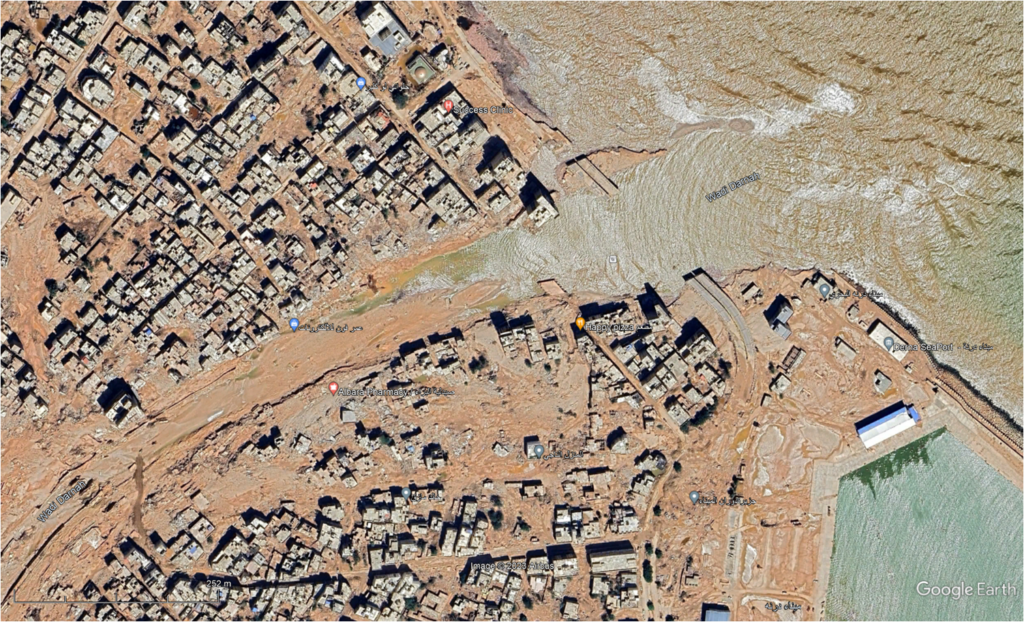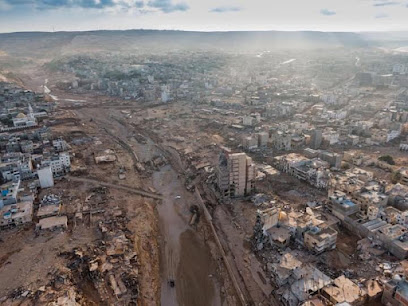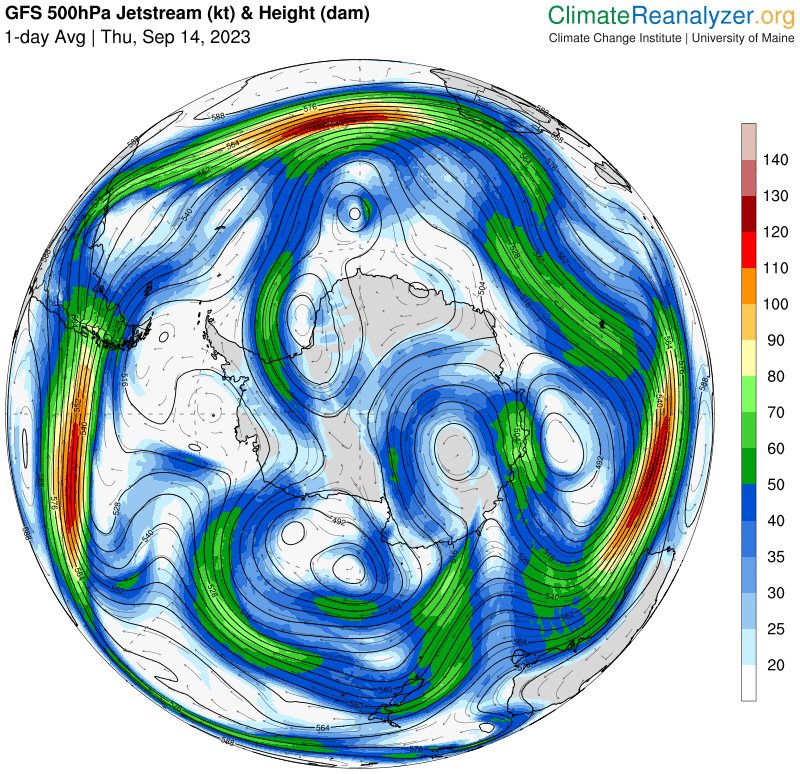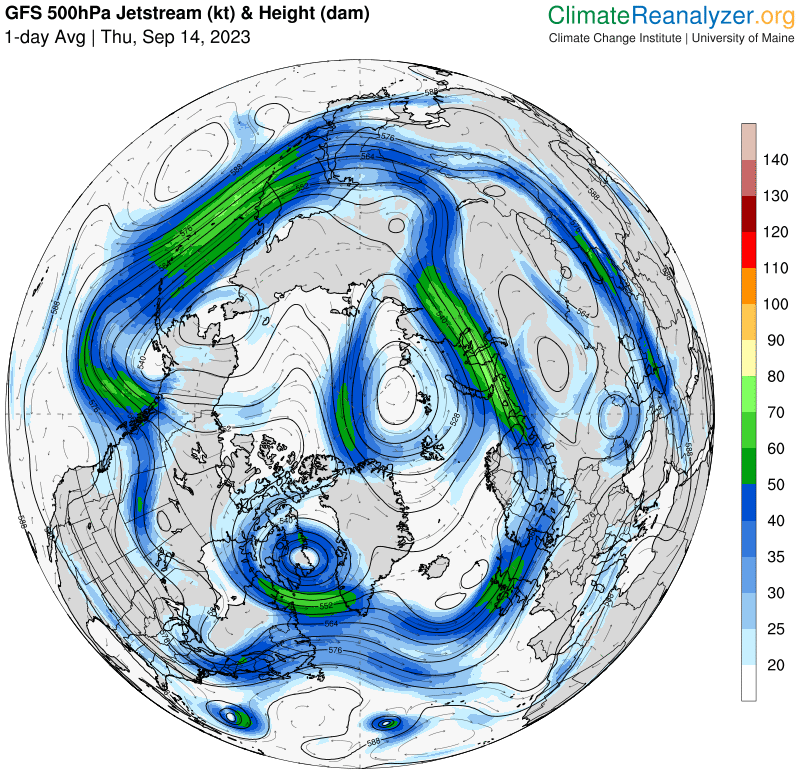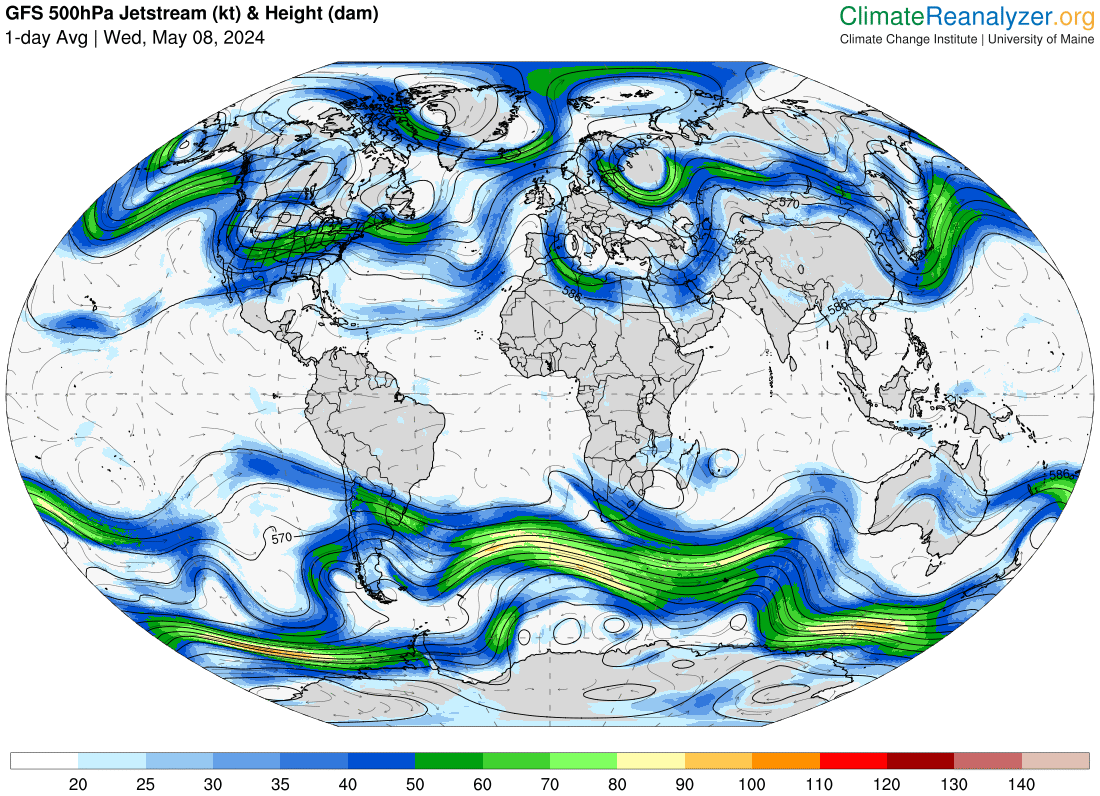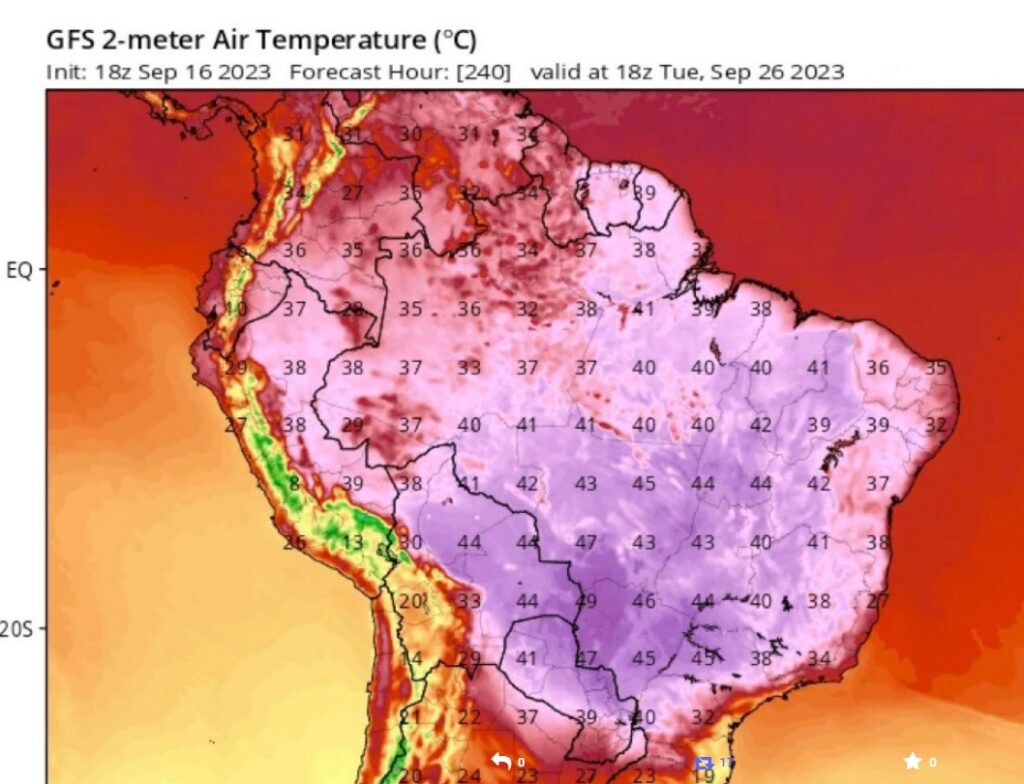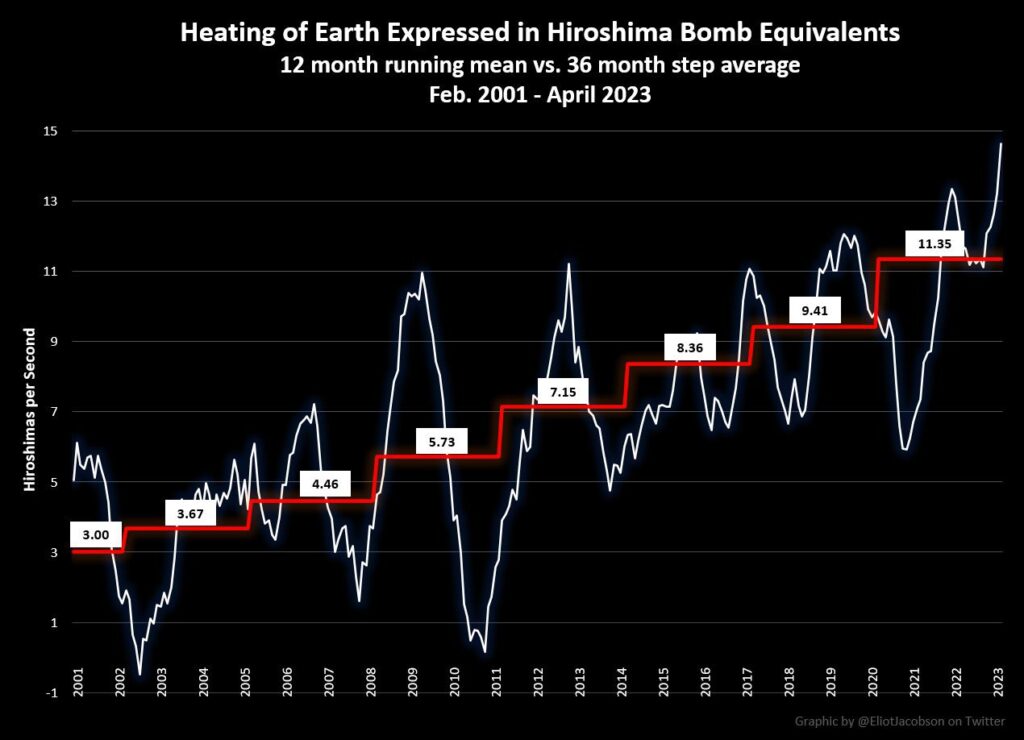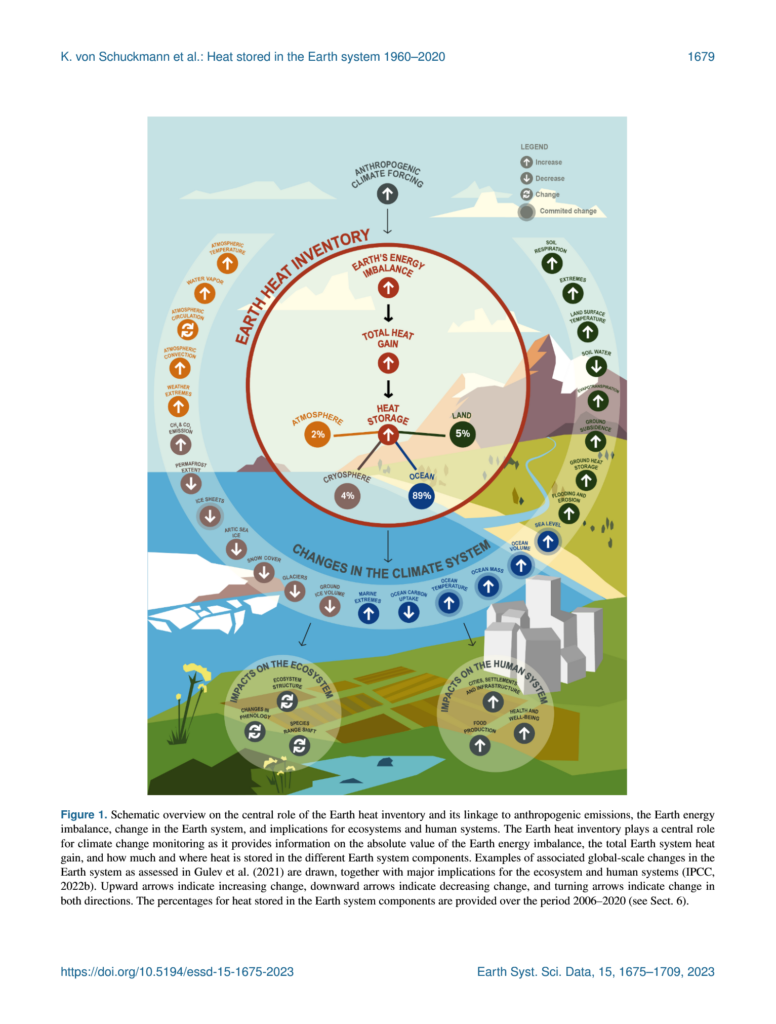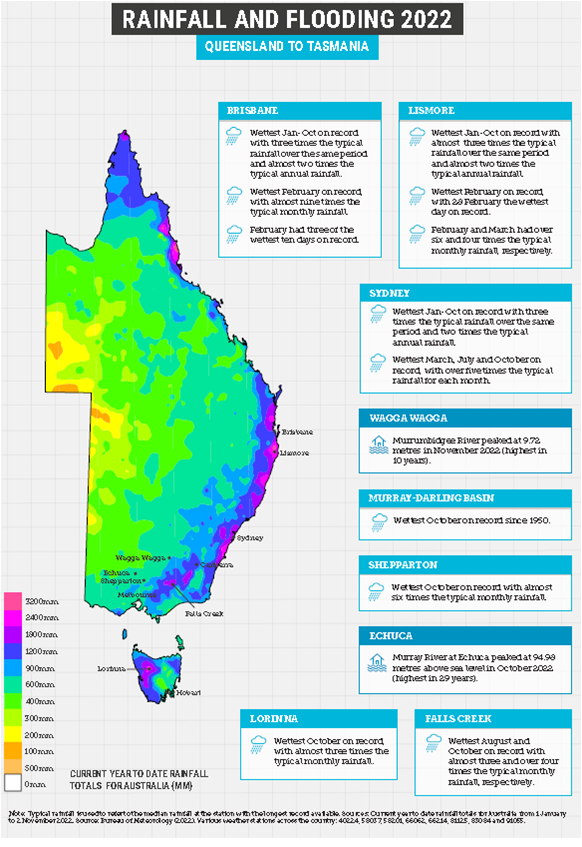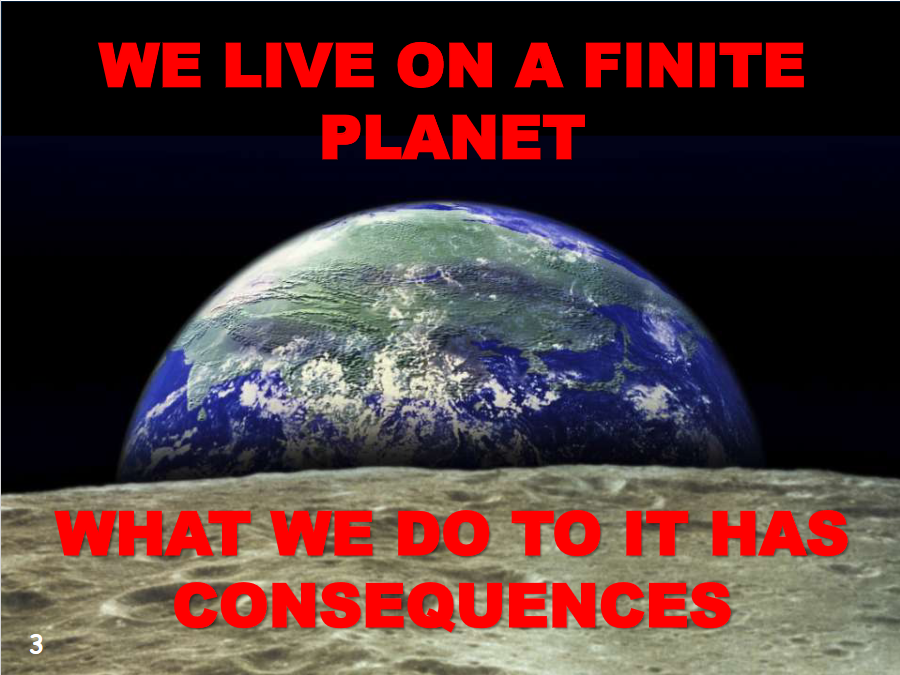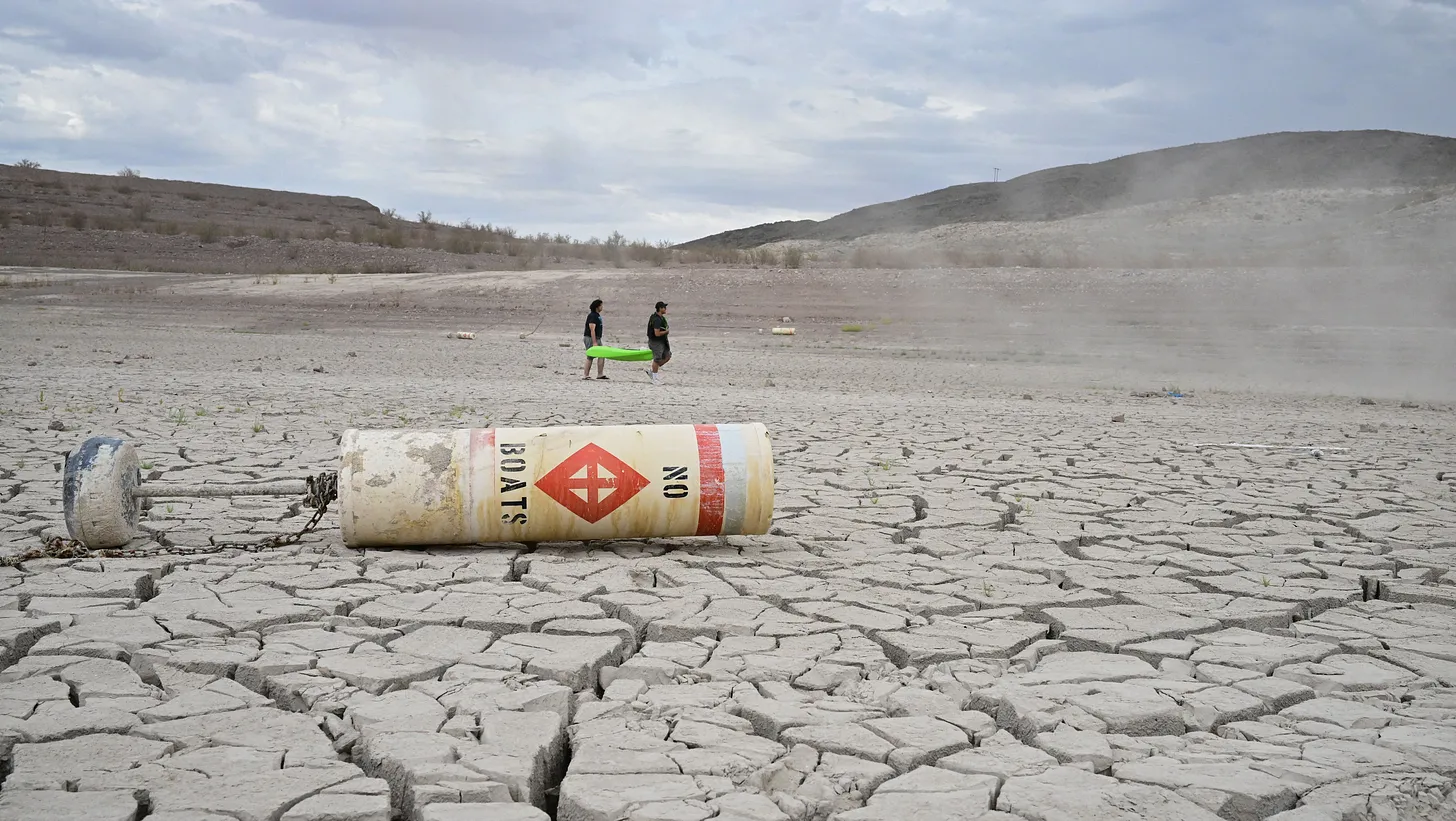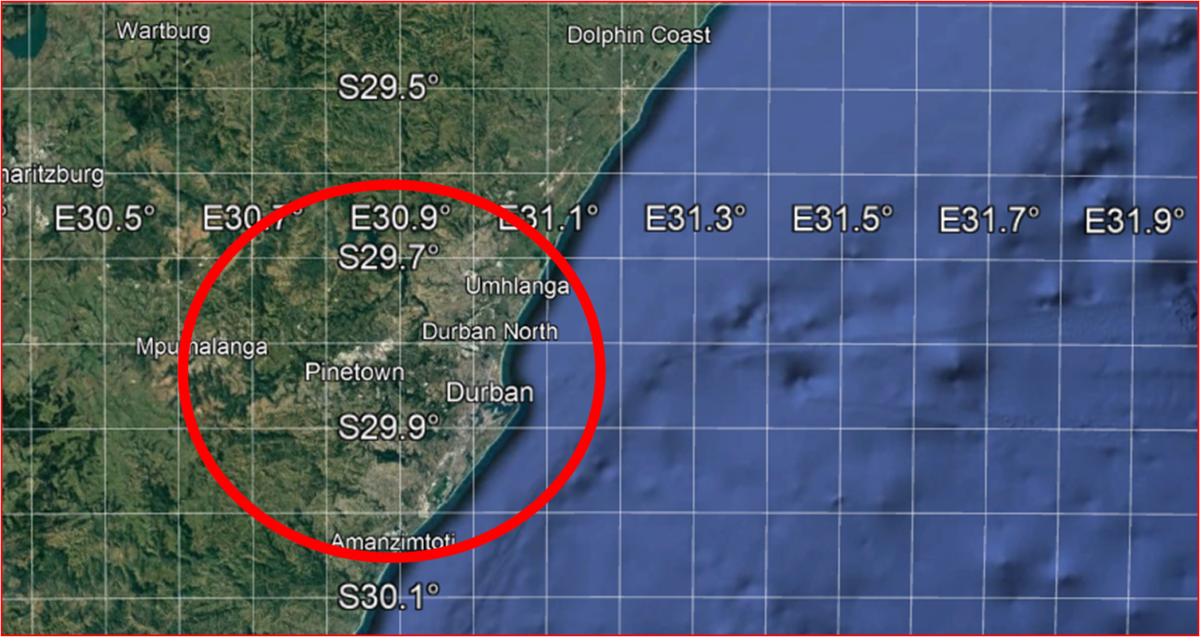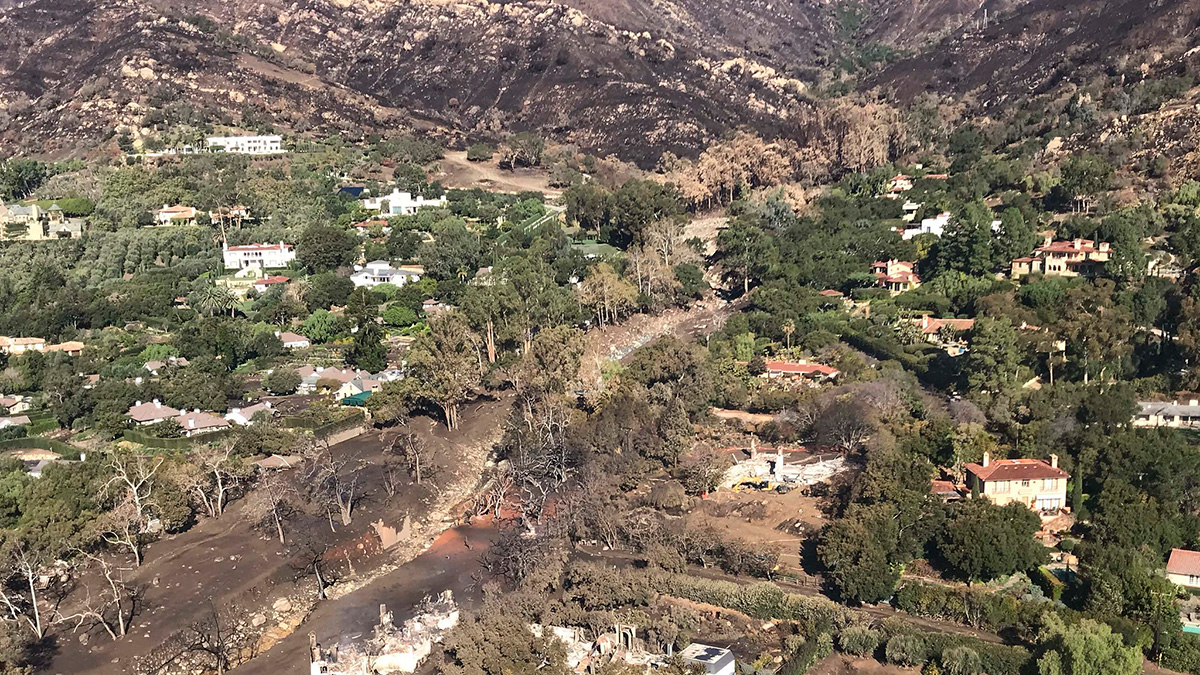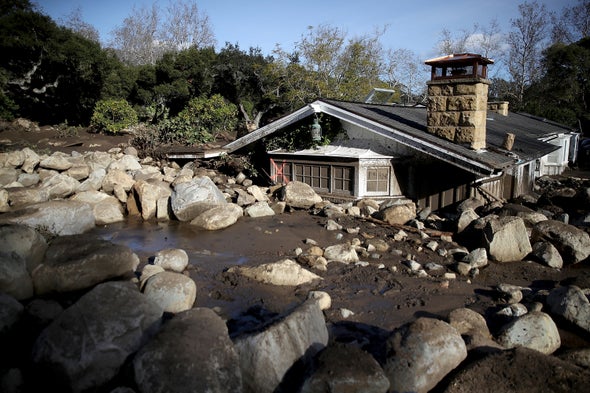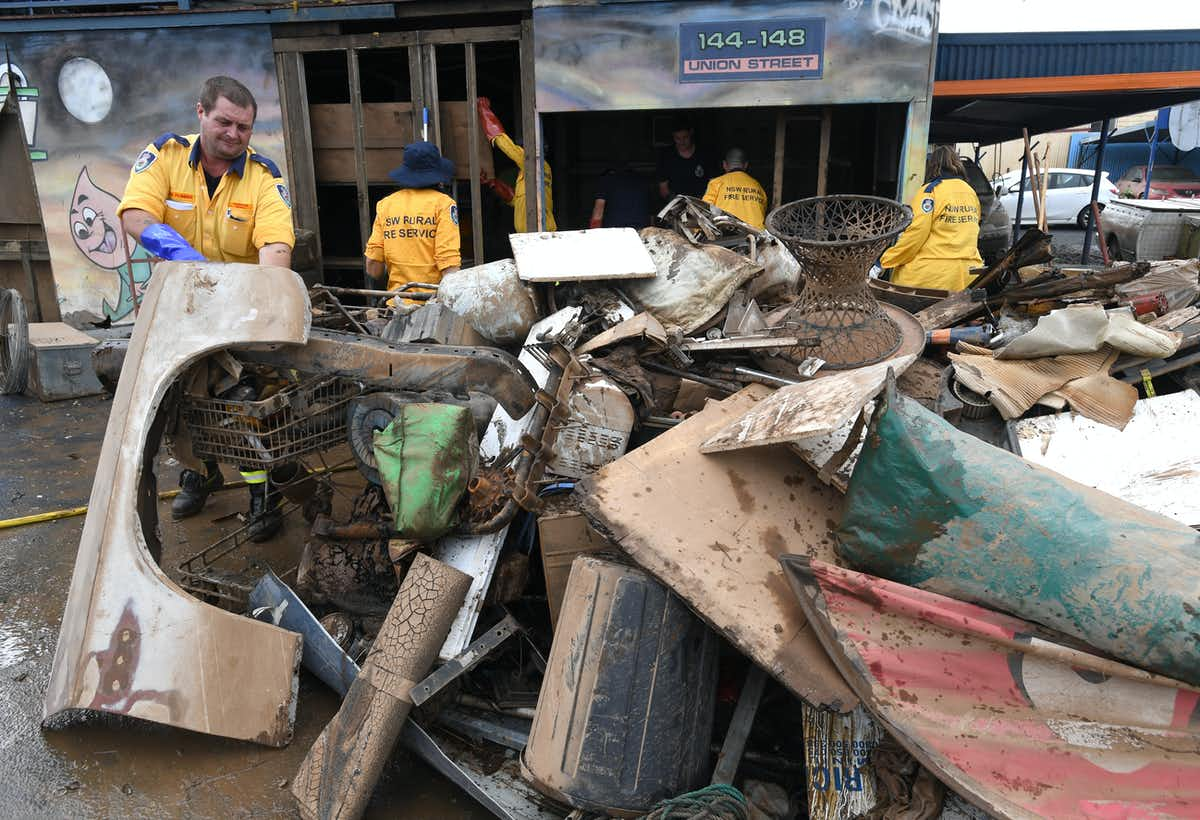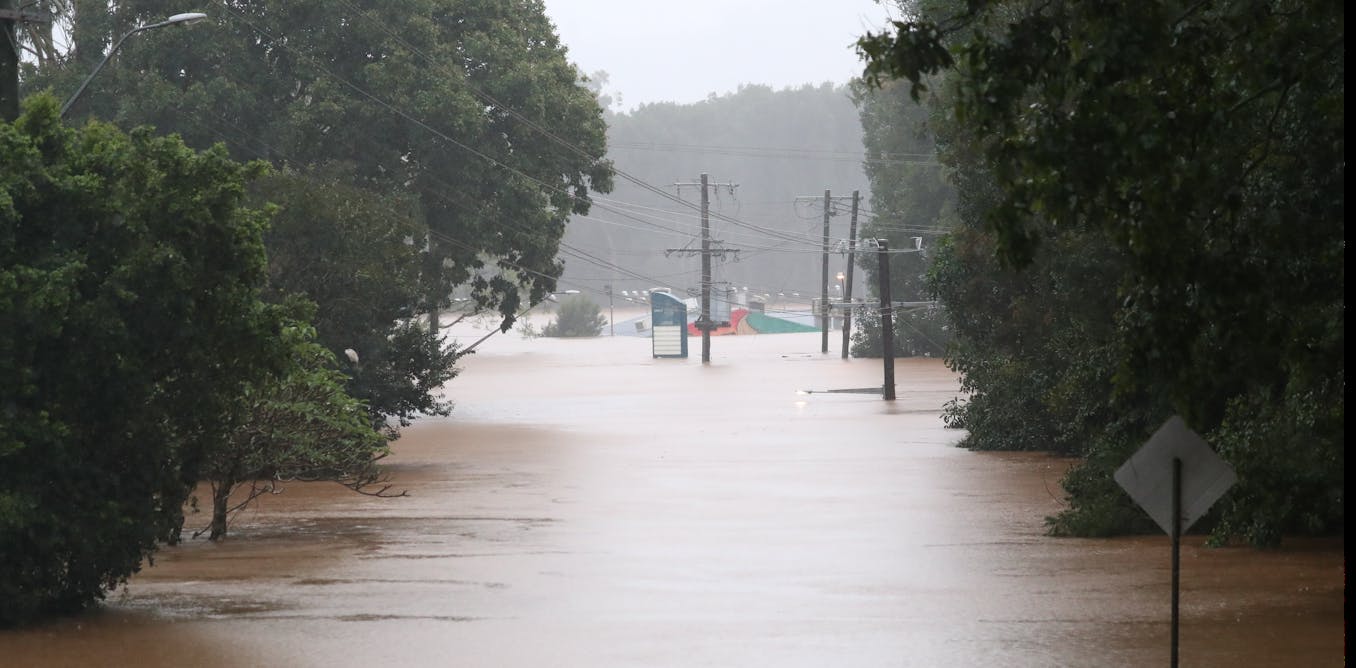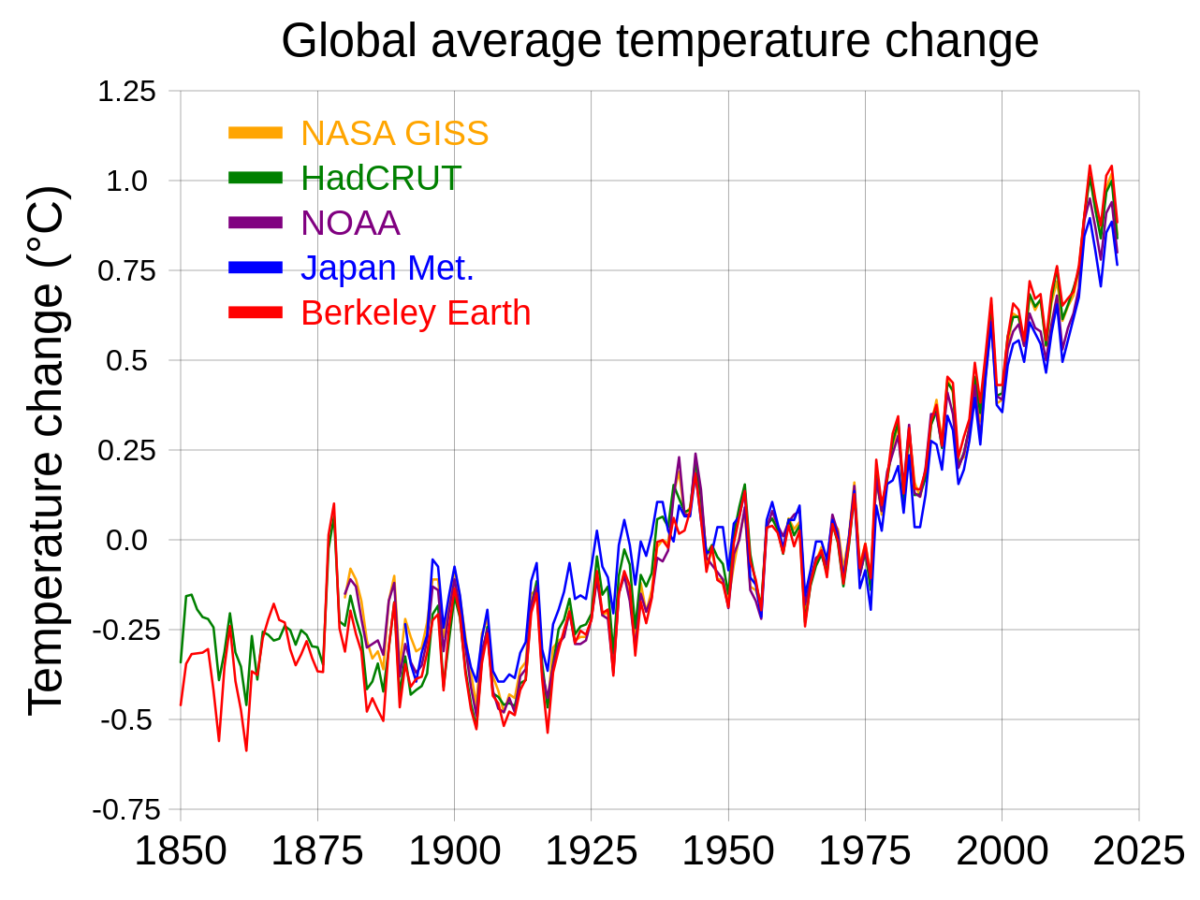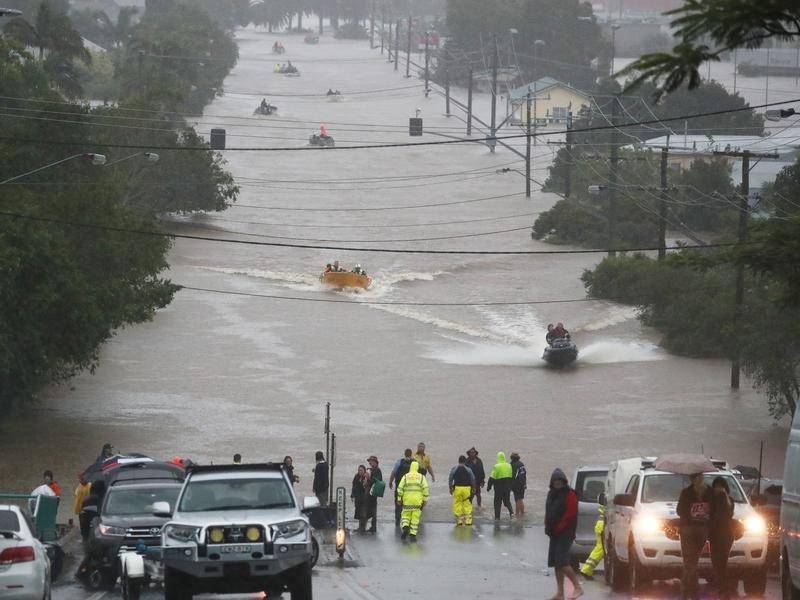Lethal Humidity for Derna – a 9/11 event in the climate crisis
(Rev. 2 – 29/10/2023)
Water was the cradle and mother of all life. When the world is too hot it is also the destructor that erases life, as in Derna, Libya on 11/09/2023
Life originated in the sea, dependent on and driven by water based chemistry. When our remote ancestors colonized the land more than 300 million years ago they had to carry enough water in their bodies to keep the organic chemistry of life working. Even today, between 50 and 60% of our body weight is the water surrounding and supporting our metabolic chemistry — truly water is the cradle of our life. Water-based chemistry is also controlled by temperature. Most of life’s chemical processes are facilitated and regulated by proteins called enzymes. Protein structure and function are strongly dependent on the temperature of the surrounding water. Water temperature also affects the rates of chemical reactions irrespective of any changes do enzymes.
For billions of years, complex life on Earth has evolved to live in a temperature range between water’s freezing point and a maximum of 35-45 °C. Mammals (like us) and birds who have evolved evaporative cooling (e.g., sweating) can survive somewhat higher environmental temperatures for a while if they can maintain the flow of water through their bodies. However, if our body temperature rises more than a degree or two above 40° for more than an hour or so it’s lethal because enzymes begin to denature and the chemical processes in our body cells no longer coordinate the keep us alive. We die ! (ref Wikipedia Colonization of land, Thermoregulation, Human body temperature).
As our planet grows ever hotter as a consequence of human’s industrial conversion of fossil carbon into greenhouse gases, rising temperatures are triggering a growing range of extreme and increasingly lethal ‘weather’ events. Many of these involve the effects of excess heat working with the physical properties of water — and we are far from understanding all of the implications for understanding this.
The latest example of lethal humidity at work was the rapid intensification of tropical rainstorm Otis in less than 24 hours into the “apocalyptic” category 5 hurricane that struck the tourist town of Acapulco on the Mexican Pacific coast around 1:00 AM on 25 October, 2023. None of the forecast models run on the 14th predicted that it would even become a hurricane at all. And then there’s Tropical Cyclone Lola, the earliest cat. 5 cyclone ever recorded in the Southern Hemisphere that has just savaged Vanuatu on the same day.
Last month’s example of lethal humidity working in unprecedented ways is presented below.

This satellite imagery can be viewed by anyone with a desktop computer by downloading the freely available Google Earth Pro (Windows, Apple, Linex), searching for “Derna, Libya”. Vision beginning with Planet Earth will zoom into about 8 km above your requested location. If you then search for “Al Sahaba Mosque” vision will zoom in to about 1 km showing the latest high-resolution satellite imagery of Derna’s center from late morning on Sept 13, around 56-58 hours after the peak of the cataclysm. Using your mouse wheel you can zoom in to ~12 m above the ground where you can readily see the ant-like shadows of individual survivors crossing the now dry wadi on foot, and the first attempts to make temporary roads to reconnect eastern and western parts of coastal Libya. Earth Pro also provides access to historical imagery (click the Time

The idea of “lethal humidity”
I was reminded of the fact that humidity can be lethal by Dr Andrew (“Twiggy”) Forrest’s recently initiated speaking tour on the climate emergency to economic forums, world leaders and top universities in the world. He stresses that if global warming is not stopped and reversed, a major killer will be heat deaths caused by the growing heat accompanied by excessive humidity from the increasing amount of water evaporated by the high temperatures.
Forrest, one of Australia’s leading multi-billion dollar mining and industrial carbon emitters, has accepted the reality that global warming caused largely by his and other industries will cause near-term human extinction. He began broadcasting his concerns and the absolute urgency of stopping and reversing the warming if we are to avoid social collapse and subsequent extinction. He first raised this at the Boao Asia Forum — sponsored by China in Perth on 30 August (transcript here), and more recently at Oxford University (video below) – the start of a global lecture tour to key universities around the world accompanied with meetings of world leaders and at COP 28.
As Forrest said in the Boao Address, this is not a concern for the future, but right now! Substantial numbers of people are already being killed by the accelerating warming. The main killer will be what he calls “lethal humidity”. As noted above, if the air is too hot, and humid as well, without air conditioning we die within hours. (He says that survival in these areas will depend on air conditioning – assuming the power doesn’t fail). Forrest stressed that large areas of the world, including areas of India, China and America are crossing that threshold right now. These points were reiterated and expanded on in a lecture and “Fireside Chat” at Oxford University .
In the “Fireside Chat” sponsored by the Rhode’s Trust, Forrest expanded considerably on his ideas expressed at Boao and lecture covering the urgent and critical need for people in general to force governments and industry to act seriously on climate change. This Q&A ‘chat’ runs for another hour, but is well worth listening to if you have any concerns about futures for yourself and your family members.
My Climate Sentinel News article following up on the Boao address, Billionaires & action groups can save the world together! summarizes the contexts (including his ‘time out’ from empire building to earn a PhD in marine ecology) that led Forrest to his current mission — and what the climate and environmental action movement needs to do to assist the global mobilization needed to stop and reverse the warming process.
However, as strongly as Forrest stresses the dangers of the heat deaths humidity will cause in our progress towards global extinction, high humidity can also be even more catastrophically deadly in other ways.
The lesson of Derna, Libya is that humidity can lead to the destruction of not just human lives, but all visible life in given areas, and even the infrastructure created by humans or any other evidence that life ever existed in those areas.
Another way too much water in the atmosphere will kill us
On 10 September, 2023, the ancient and small but relatively prosperous port city of Derna, Libya had a population around 100,000 people. Its history traces back to the settlement of Cyrenaica (the eastern, coastal part of Libya) by the ancient Greeks in the 7th Century BCE. It was an easy place to settle because the inland plateau area was suitable for agriculture and the small delta of the wadi draining the plateau offered a reasonable area of flatish land close to sea level on the normally steep shoreline for a port and settlement. Since Derna was settled it has been a secondary port city that served at various times as a regional capitol that was comfortably wealthy from the agricultural productivity of the hinterland during periods with adequate rain and its proximity to Rome on the other side of the Mediterranean. Under Muammar Gaddafi, Derna benefited from Libya’s oil revenue.
However, due to Derna’s location on the sediment fan (or delta) formed at the mouth of a relatively steep wadi draining somewhat more than 500 km², it has been subject to occasional damaging floods. But nothing remotely comparable to the 11 September cataclysm had ever been recorded before in Derna’s 2,600 year history.
What happened in the early hours of 11 September literally ‘erased’ more than 20% of the city and more than 10% of its total human population from the earth. Derna warns us that water, the cradle and mother of all life (can and will destroy most of that life if we allow the planet to grow much hotter than it it already is.
“Evaporation” is what happens as individual H₂O molecules break free from a liquid mass of water to form the gaseous phase or vapor of water that basically dissolves in the atmosphere. As liquid water warms, the rate of evaporation increases up to a limit determined by the pressure of other kinds of gases forming the atmosphere. If the vapor molecules become frequent enough they will begin to stick together to “condense’ back into the liquid state. it takes a lot of extra energy for a water molecule to actually evaporate free of a mass of liquid water. This energy is released as the “heat of condensation” when the water molecule returns to the liquid state. The rates of condensation and evaporation vary significantly with changes of temperature.
Aside from controlling the rates of evaporation and condensation, temperature also strongly influences how much water vapor can dissolve into the air before it starts condensing. As air temperature increases, the amount of water vapor it can carry before condensation begins also increases about 7% for every °C of temperature increase.

“Gas Laws ” relate air pressure, density of a given mass of air. As air warms it absorbs energy to become less dense by expanding. As it cools, its density increases and heat is released. In the atmosphere this leads to convection. with warm air rising and cooling as it expands while tending to cool further by radiation of excess heat to space until it cools enough that again becomes dense enough to sink alongside rising hotter air.
More details of the physics of water, how its various states are measured, and water’s implications for weather can be found in my mailing to politicians, “Act Now – Later may be too late” and in the related “Global Climate Change Now“.
My presentation linked below makes the case that Derna demonstrates how heat and too much water in the atmosphere can do far worse things than just cooking people by preventing evaporative cooling. The more water vapor in the atmosphere the more water there is to drop on the land, and the more heat energy there is available to force wet air masses high in the sky to squeeze out the last drop of what was already an excess load of water as rain and ice (the freezing of ice from water releases still more energy (the energy of fusion) to drive the weather to even further extremes.
Where Derna was concerned, another consequence of having several unbroken months of high temperatures setting daily and occasionally all-time records, the jet stream system that normally keeps cold spots and warm spots moving around the world basically broke down — becoming very weak and chaotic. The combination of record high land and sea temperatures over summer with stalled heatwave conditions all around the Mediterranean provided optimum conditions to load the atmosphere with a truly prodigious amount of water. The availability of so much water and heat energy resulted in the formation of Storm Daniel. With little or no jet stream, Daniel was left to wander more or less randomly around the eastern Mediterranean. Daniel first dumped more than 700 mm of rain were dumped on areas of Greece to flood more than a third of that country’s prime agricultural lands, and then more than 400 mm on the Libyan city of Al Beyda a few km west of the upper end of Wadi Derna’s watershed. These numbers are already crazy & incomprehensible, but a fluke of bad luck associated with the particular landscape of Cyrenaica may have added even more kick to the already stupendous amount of peak water in the pipeline provided by the wadi. The catchment’s main reach on the plateau behind Derna runs from west to east, and it’s probable that Daniel’s rain cells were also moving from west to east at a comparable speed to the progress of the flood peak down the Wadi.
In any event, except for the last (possible) fluke, this kind of increasing storm intensity is a predictable product of global heating — which is what makes the Derna situation so alarming. If we allow the world to continue heating at an ever faster rate (as driven by Earth’s Energy Imbalance), lethal humidity will soon be be cooking so many people and trashing so much infrastructure needed to feed ourselves and condition the ever hotter air to a livable temperature we will face social and ecological collapse. If this happens humans will no longer have the capacity to do anything further to stop the runaway warming that will put all of the accessible soil and organic carbon back into the atmosphere. The worst global mass extinction event in Earth history so far will then run its course unhindered.
The presentation ends with a possible silver lining — humans working together can do very remarkable things if sufficiently motivated. I’ll write more on this later, below.
Download a PDF version by clicking HERE. Note: Throughout the presentation there are many links to the web to source materials or other relevant information. These should work if you click on them.

Some comparisons to think about
Japanese earthquake and tsunami of 2011
Several of the commentators on the Derna cataclysm said it was like a tsunami. I spent a couple of months trying to measure the impact of the Japanese Tohoku earthquake and tsunami of 2011 that led to the destruction of four of the Fukushima Dai Ichi nuclear power plants from the vast array of news, social media postings of videos, and the Google Earth record. Obviously, the tsunami affected thousands of kilometers of coastline, but nowhere did the 2-3 waves of the tsunami as comprehensively erase the evidence of human existence as happened in Derna.
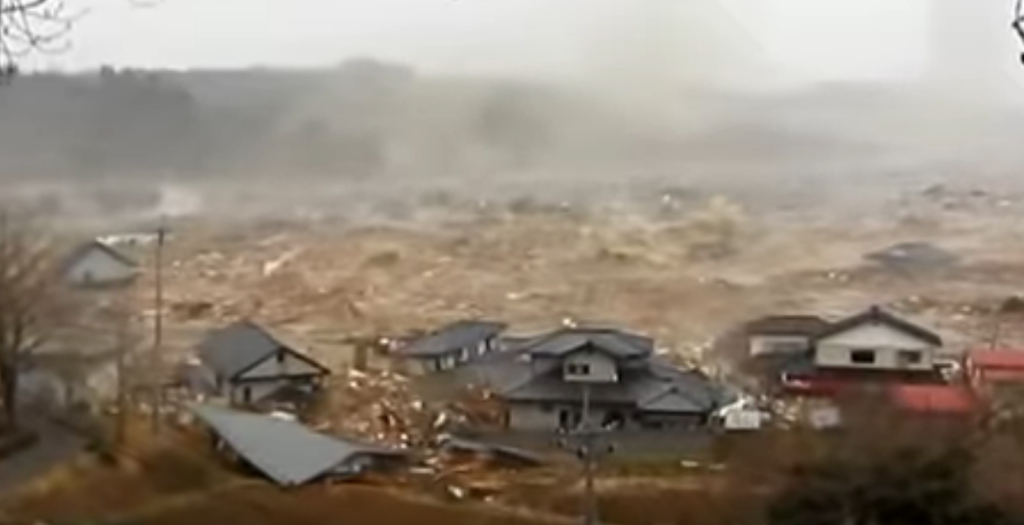


At Rikuzentakata, one of the worst hit cities, the tsunami wave reached heights of 13 meters (third floor of surviving buildings), and possibly killed 10,000 people. Wooden structures were completely demolished, but roads and concrete infrastructure remained largely intact as can be seen in the large trove of imagery accessible via Google.
Unlike a tsunami that normally involves only two or three killer waves at the most, Derna’s flood seems to have lasted several hours – long enough to strip everything away more-or-less down to bedrock!
Possibly cataclysmic valley floods in other parts of the world

My first contact with cataclysmic flooding was in the summer of 1976, when I was teaching for a year on a temporary appointment at the University of Colordo in Boulder, where I was a near witness to the deadliest disaster of any kind in Colorado’s history. One very muggy (humid) afternoon a very ominous and noisy system of dark clouds and lightening passed over the university. I thought of possible tornadoes, but no rain was falling yet. Soon after this the storm cell got stuck in the valley of the Big Thompson River draining Glacier National Park ~ 45 km north of Boulder along Rocky Mountains forming the Continental Divide. The humid prevailing winds from from the prairie at around 1,600 m altitude were trying to push the storm over the Divide. The upper (western) third of the Big Thompson catchment is surrounded on three sides by ridges more than 3,500 m high (as can be followed on the clear contours of Global Watersheds‘ “Topographic” or “Thunder Forest” base maps). The storm cell dumped 300 mm in less than 4 hours. The resulting flood formed a “wall of water” more than 6 meters high that rushed down the steeply sloping canyon (2.4% gradient for the last 3 km — as measured to the accuracy allowed by Google Earth Pro) at a speed estimated to be 6 m/sec with a discharge rate of with a discharge of 1,000 cubic meters per second, killing 143 people (mostly campers).
As measured in the “slow lane” on the flat land in front of Al Sahaba Mosque well before the flooding reached its maximum height (upper floor of the main mosque) and erased the shrines and the 1,400 year old graves of the Companions of the Messenger of God, the water there was already moving at around 4 m/sec well before the flow reached its peak height. The peak speed over the wadi itself was probably two or three times what was measured in the Big Thompson flood!
When the flood happened, I was living in one of the University’s faculty flats situated alongside Boulder Creek. This has a drainage of 340 km² and cuts Boulder in half (a city that was then comparable in size and relative affluence to Derna with its Al Sahaba Mosque). I immediately considered what happened at Big Thompson and soon found other lodgings. Big Thompson had less sever another flood in 2016 that also caused substantial damage. So far, Boulder has been lucky.
Other potentially dangerous river systems
Other river systems with deeply incised valleys capable of producing cataclysmic floods under appropriate conditions that I know personally because I have lived in their neighborhoods are Melbourne’s Deep Creek-Maribyrnong system above Footscray and the Yarra River above central Melbourne. The Maribyrnong catchment above Footscray measures 1,300 km², and the Yarra river catchment at Kew (deeply incised from Warrandyte through Kew) measures 3,900 km² (or 5,500 km² measured at its mouth Port Philip Bay that includes the Deep Creek-Maribyrnong as a tributary). Both the Yarra and the Maribyrnong have flooded, with the Maribyrnong having its worst flood in several decades this time last year. Derna style floods fueled by high temperatures and lethal humidity would have unimaginably worse consequences for the cities these rivers flow through. (Note: the free Web ap, Global Watersheds, will plot the watershed extent and area for any point on the land in the world on a range of base maps. For understanding the landscape, I recommend “Satellite” – good but several years out of date, and “Topographic” or “Thundercloud” for clearly labeled elevation contours).

Possibly Victoria’s most dangerous drainage is the Campaspe River draining into the Murray Valley Vote Climate One’s home base in Kyneton is located in the middle of this catchment that begins just over the hill from where I live. The river is held back by Lake Eppalock, formed by a 650 m long embankment dam (i.e., similar to Derna’s mud-pie dams) that at full supply holds back 300,000 megaliters of water (possabably 1000 x as much as the Derna dams) from a catchment above the dam of 2,100 km². Unlike Derna’s dams that had no provision to manage spillage over the top of the dam. Eppalock has a well designed “controlled” concrete spillway with a maximum capacity of 8,000 m³/sec, as well as two “emergency” spillways enabled by the existing topography. [Based on Global Watersheds topography and Google Earth, the second emergency spillway is no more than a narrow topographic low that could pass only a small fraction of the volume passing over the engineered spillways.] In October last year, (and once in 2011), with the dam at 130% of full capacity, flooding exceeded the capacity of the controlled spillway with an outflow of 103,000 megaliters a day! (more than a third of the lake’s entire capacity at full supply in one day!).
Excellent drone vision is available for the effect of this outflow on the spillways, i.e., erasing the road along the top of the emergency spillway and scouring away the earth down to the bedrock forcefully enough to eat into the rock itself. Fortunately the scouring did not reach the concrete leveling wall designed to ensure that the overflow was spread uniformly across the very wide spill area to minimize concentration of the erosive flow of the water on small areas.

Even more detailed imagery of the functioning of both spillways and very real damage sustained by the emergency spillway during and after the 2022 flooding is provided by Joel Bramley Photography.
Noting that the 2011 and 2022 floods were caused by ‘ordinary’ decadal scale extreme weather events, one wonders whether the dam would survive a Derna scale cataclysm.
The Wadi Derna dams across a topographically sloping drain could only hold small volumes of water limited by the dimensions of the sloping drain and height of the dams and were completely empty until Daniel arrived. By contrast Lake Eppalock is on the edge of a plateau where the topography allow the storage of many times the volume of water of the gorge immediately behind the dam. At full supply, Lake Eppalock has three main reaches. Two are approximately 10 km long, and the third is 5 km long. In places each of these is more than a km wide. Unlike the Derna dams, Epalock has well engineered spillways to minimize the likelihood of overtopping and it’s maintained. But, very much like the Derna dams, it is a ‘mud pie’ construction susceptible to cracking and slumping (especially if overtopped):
- Significant cracking was observed on the crest of the main embankment at Lake Eppalock for many years, but in recent years increasing movement upstream [slumping?] during low reservoir levels indicated a progressively deteriorating stability situation. Investigations also revealed cohesive filter material [clay?] that would allow a crack to propagate. A fast-tracked [emergency?] remedial works program was completed in 1999 to rebuild the highly vulnerable upper rockfill shells and filters, both upstream and downstream. [Davidson et al., 2000. The Dam Safety Upgrade at Lake Eppalock]
Downstream, the Campaspe cuts through the center of the small farming town of Rochester, 56 km N of the Eppalock Dam. The 103,000 megaliter/day flooding over Eppalocks’ spillways soon flooded around 1000 of Rochester’s 1500 homes on its way to meet the also flooding Murray River in Echuca rising higher and causing a lot more damage than the 2011 flood, which was the first time Lake Eppalock spilled over the emergency spillway. Today, half of the flooded homes are still uninhabited, with some of the repairs expected to take another year for all of them to be completed because it seems there is no capacity left in the system to finish the work any sooner.

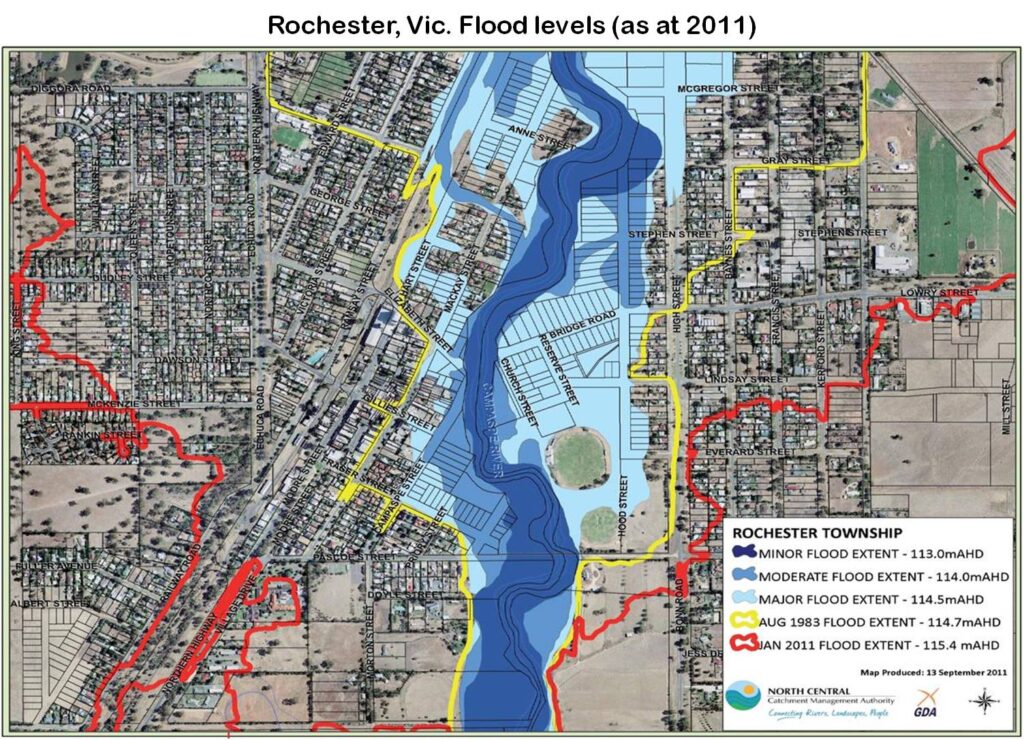
The end game
The stark reality is that climate change, currently driven by Earth’s exponentially growing energy imbalance, is already stressing human society to the point that we cannot even maintain a status quo where we are able to repair extreme weather damage as fast as it occurs. As cataclysm and catastrophes increasingly concatenate and overlap due to continuing global warming, resources and capacities will decline at an ever faster rate, until society can no longer avoid collapse into chaos and barbarism, and then near term extinction.
We are truly facing an existential emergency. If we cannot mobilize the the scientific, technological, and human resources reverse the imbalance to slow, stop, and reverse global warming in the very near term, the exponential growing feedbacks (primarily carbon emission from soils, permafrost, oceans and accessible fossil sources) that are driving the energy imbalance will be unstoppable until all the accessible carbon has been transferred to the atmosphere as greenhouse gases. By then humans and most other complex organisms on Earth will be extinct.
Personally, I think humans, if they can work in a focused way and cooperatively together to fight the common enemy, actually have the capacity to stop the lethal feedbacks while they are still in their early stages of ramping up. This thought is based on 14 years focused and in-depth research and writing on the co-evolution of humans and our technologies, 17 years working as an engineering knowledge management systems analyst and designer for what was then Australia’s largest defence project engineering and construction organization, and a lifetime student of evolution grounded in physics and Earth and marine sciences.
I am also old enough to remember the end of WWII and am fully aware of how America entered the war as a disunited mob of apathetic to passionate pro fascist isolationists to pro communist utopians. Yet, within weeks of being dosed with the reality of the Japanese bombing of Pearl Harbor, the mob united, turned scientific glimmers into totally new sciences, technologies and logistcs, crafts into massive assembly lines, and anarchic mobs into war machines. The global war was won in Europe with America’s help with the German surrender on 8 May 1945; and by America in the Pacific with Allied help with the Japanese surrender on 2 September 1945 after the atom bombing of Hiroshima and Nagasaki on 6 and 9 August (well under 4 years). This was followed up by the formation of the United Nations (a good start towards global government), and the restoration of many nations to a road to prosperity under the Marshall Plan.
The realities reviewed above show that humanity is currently facing the most lethally dangerous crisis in our evolutionary history, probably even more extreme than the End Permian mass extinction event that our ancestors survived 250 million years ago. If we accept this reality it should motivate us to work together collectively with the necessary focus and discipline to put the Apocalyptic Horsemen back into their mythic stable in God’s Scroll so we can escape from the down-hill highway to Earth’s Hothouse Hell (see also David Spratt’s series on Climate Code Red).
